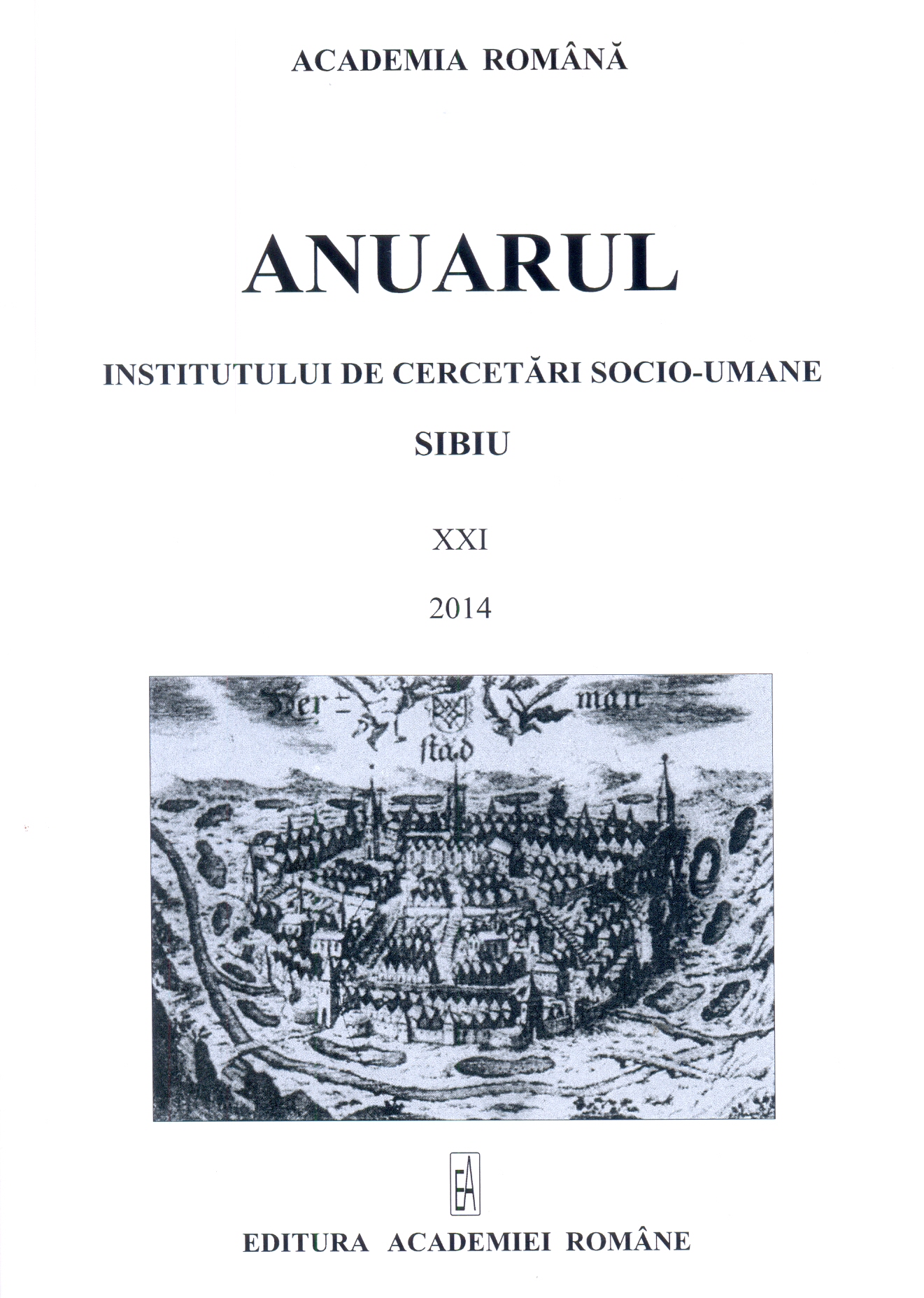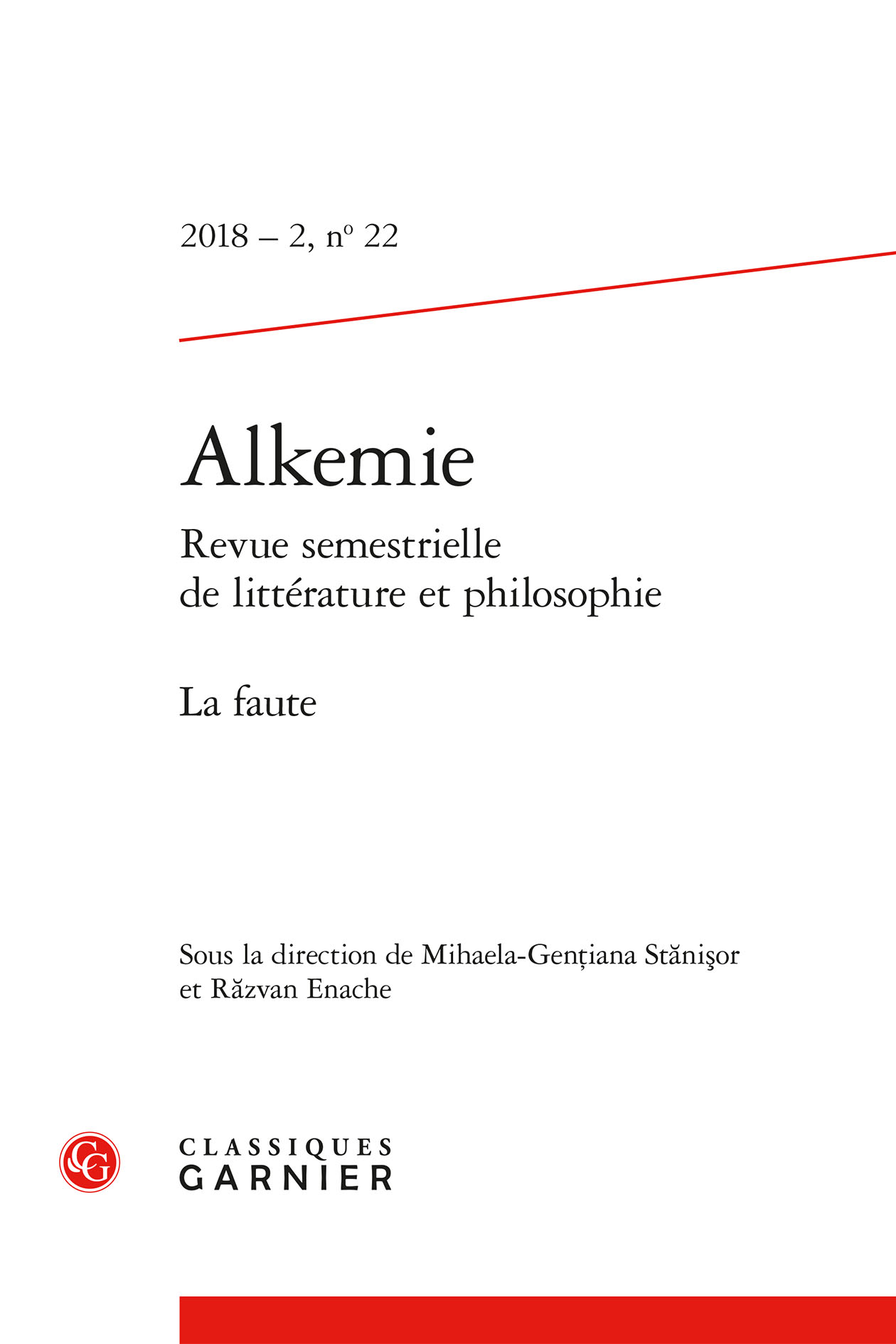
We kindly inform you that, as long as the subject affiliation of our 300.000+ articles is in progress, you might get unsufficient or no results on your third level or second level search. In this case, please broaden your search criteria.



Um 1800 richteten Regierungen und wissenschaftliche Gesellschaften ihren Blick auf die Volkskultur (Bräuche, Aberglauben, Lieder, Sagen, Märchen usw.). Es entstand eine neue Wissenschaft - die Ethnologie -, für deren Entwicklung die Korrespondenten viel beigetragen haben, denn sie konnten auf Grund der vom Zentrum verschickten Fragebögen, die notwendigen Informationen aufnehmen und sie den Wissenschaftlern zur Verfügung stellen. Die Anfänge der europäischen Ethnologie stehen also unter dem Zeichen des Sammelns mit Hilfe von Korrespondenten. Vorläufer dieser Methode waren die in die Neue Welt gesandten spanischen Priester (z. B. Bernardino de Sahagún im 16. Jh.), die Informationen aller Art über die eroberten Völker sammeln sollten, und der schwedische König Gustavus Adolphus, der 1630 Antiquaren und Historiker damit beauftragte, Märchen und Sagen sowie Kenntnisse der Volksmedizin und der Wetterkunde der einfachen Menschen aufzunehmen. Auf ähnlicher Weise verfuhren 1798 Napoleon und 1805-1810 Erzherzog Johann von Österreich, die „zum Zwecke einer besseren Regierungstätigkeit”, ein Inventar aller Feld-, Industrie- und Kunstarbeiten, und nicht zuletzt der Bräuche, Aberglauben sowie der Ruinen alter Monumente haben wollten. Société des Observateurs de l’Homme (1799-1804), Académie Celtique (1805) sowie das Grimmsche Projekt Aufsammlung der Volkspoesie (1808, 1810) stellten Fragebögen zusammen, die die Verbesserung der Forschung von Exploratoren im Übersee, bzw. das Kennenlernen der Vergangenheit der Kelten und Deutschen durch die Gegenwart bezweckten.
More...
Osim Ilijade i Odiseje, pod Homerovim imenom sačuvan je i zbornik Himni. Najstarije, nama u celini poznate, grčke himne pisane su u heksametrima. Obeležene su, zajedno sa mnogo mlađim pesmama, kao: ΄Ομηρικοι υμνοι – homerske himne i sačuvane su u zborniku koji je, verovatno, nastao tek u doba helenizma.
More...
In the present article we want to spotlight the presence of a few letters got by Emil Cioran in his youth from the people who activated in the cultural field or in different publishing houses. The letters are to be found in the archives of Aurel Cioran, the writer’s brother. The time when these letters were written was the one preceding the burst of the First World War. There were letters signed by C.A. Donescu, Petre Comarnescu, Constantin Noica, Pichi Pogăneanu, and Jeni Acterian, the sister of the famous brothers, Arșavir and Haig Acterian. The archives we are talking about were donated by Aurel Cioran, Emil’s brother, to the Astra Library from Sibiu. These letters have both a biographical, historical, literary and a cultural importance, because these documents refer to the oppressive, gloomy and ominous atmosphere before the war. The messages of these letters are connected to the efforts of the intellectuals of those times to maintain peace. In order to be more accurate, we shall offer some information regarding these outstanding intellectuals, friends of Emil Cioran from the time of his youth spent in Romania.
More...
In this study we analyzed the narrative formula from the short prose of the Romanianwriters B. P. Hasdeu, C. Negruzzi, L. Donici, P. Goma, to identify the readiness to look for newdiscursive strategies. After a substantially updated critical reconsideration, we established that theauthors demonstrate in the short prose texts mobility and unexpected vivacity, noting the diversity ofnarrative strategies. In each case it was necessary to move critical inertions, to discover innovations inthe narrative formulation of discourse polymorphism, the dialogic report of variations and the parodicundermining of romantic works (B. P. Hasdeu); recourse to Autoparody, the play with narrative voices,the ambiguity of the reference (C. Negruzzi); the self-fiction essence of the refugee drama, underminingthe communist ideological strategies of the mancurtization of the human being (Leon Donici), forcingto write in another genre, building complicated mental mixtures, prominent tematization of mentalcognitive processes (Paul Goma).
More...



The present paper tries to emphasize the idea that Romanian language and literature lessons play a major role in the formation, development and consolidation of the student’s ability to receive, understand and produce an oral or written message. The literary or non‑literate texts chosen to be studied must be as attractive as possible and with a diverse theme, and the teacher should make each student understand what they are doing to read the text. The teacher conducts “guided reception”, teaching students to read, observing an algorithm of reading.
More...
Books have been around for millennia, playing a vital role inhuman civilization as a practical way to code and safeguard knowledge acquired by people who lived long before us. Not only that, but prior to TV and modern-day electronic devices books were a source of entertainment for literate individuals. We as civilized specie owe a lot to books and it would be pity to abandon them in the wake of the digitally interactive world that is shaping before our eyes. Although paper books have a certain appeal for the purist who enjoys the pleasure of turning pages with the tip of the fingers, one must not be afraid of digital books such as e-books or audio books. Ever since transitioning from writing and drawing on cave walls and rocks to writing on leaves and animal skins, books have evolved as well. The same way as ancient Egyptian books written on papyrus or Western European medieval books hand written on lamb skins bear little resemblance to current books printed on paper, modern e-books or digital audio books are just different avatars of knowledge safekeeping through books.Just think that a humble PC or laptop can shelter millions digital books,while it would take a monumental building to shelter and make available that many books in printed version.
More...

Among contemporary Latin American writers, the Cuban Guillermo Cabrera Infante occupies a special place. He represents the temptation of playing with words and with very complex narrative strategies, in order to make up a text, Three Trapped Tigers (1965), impossible to be analyzed with the traditional approaches frequently used by the literary critics. This magnificent text is not entirely a novel, nor a collection of short stories, the author himself defining it as a “free book”, representing his own deep nostalgia for his beloved city, Havana, which he lost forever after the complete success of the Cuban Revolution.
More...
Individual identity crisis became an obsessive theme of the Central-European literature, lived intensively in this space. From this point of view, the generations and literary promotions of the 1960 and 1970's Romania benefited from a specific openness due to a complex of social, political and historical factors. The 80s generation appeared in a full process of strengthening the ideological vigilance after the famous July Theses introduced by Nicolae Ceausescu following the North Korean model. Although there were the same rules and the same barriers for beginners of the era, the issue was treated and felt differently. While some suffer from the delay of the debut, others are patient because they trust their chance, others give up. Even if the overall context was an oppressive one and the institution of censorship was the one that controlled the literature during the communist period, authors managed to adapt and write no matter what, they found accepted ways that did not alter their message and they published under conditions that today we can hardly call without doubt honourable. The published authors had visibility and were united around some literary circles, forming what Allen Ginsberg called in The Best Minds of My Generation: A Literary History of the Beats, "circles of liberation".
More...
The article evokes the personality of actor Ştefan Ciubotăraşu who also played in important stage plays and memorable films, many with a theme related to the Romanian village. His own parents were peasants and he grew up in rural Moldova. Ştefan Ciubotăraşu, along with other actors whose characters were related to the Romanian village, reached their great artistic performances not necessarily due to school or some special methods of approaching the characters, but because they inherited a light and brought it with them from their native places, sometimes small and remote villages, places where pure traditions and customs have nourished their inner beauty flooding afterwards from the screen and stages towards us. It is appropriate to observe the fantastic resource these actors brought in theater and film, a resource that had its own source in the ancient values of the Romanian village of older days.
More...
The diary records events that took place in the author’s life and in society during August-October2005: a visit to the Celic-Dere monastery in Dobrogea, Alexandru Paleologu’s death and the way his son, Toader Paleologu evoked his personality, Metropolitan Antonie Plămădeală’s death and the succession in the metropolitan seat of Transylvania, a meeting with Archbishop Bartolomeu Anania and so on. All read in religious and cultural tone.
More...
From a broad philological perspective, involving West/East culture, literature, philosophy, history, this paper highlights the mechanisms of literary representation and identity specificity in the interplay of constructed Chinese American images of „the Self” and „the Other” in Amy Tan’s latest novel The Valley of Amazement. The application of imagological methodology opens new vistas in researching Chinese American literature at the different stages of its formation. Imagological approach to the study of Amy Tan’s novel, based on comparative literary analysis, allows revealing the multiple dimensions of Chinese American identity through unveiling such categories as „Chineseness”, „Americanness”, „American Chineseness”, involving cross-cultural intertextuality and narrative intermediality. The emphasis is placed on literary representation of Chinese American images and synthesis of various cultural images and identities in portraying the changing nature of American Chineseness. The research is conducted with reference both to cultural, historical contextualization in the study of Chinese American images as dynamic results of cultural interaction of Chinese and American and in-depth analysis of the image qua image. Cultural globalization that has recently become a topic, much debated in literary circles, has resulted in the creation of a fictional character, unrestricted by ethnic, cultural, and territorial boundaries. This is the main protagonist of The Valley of Amazement, Violet Minturn. Her image has deeply personal, author-related meanings, and the paper investigates another dimension of American Chineseness, from identity resistance to identity transgression.
More...

